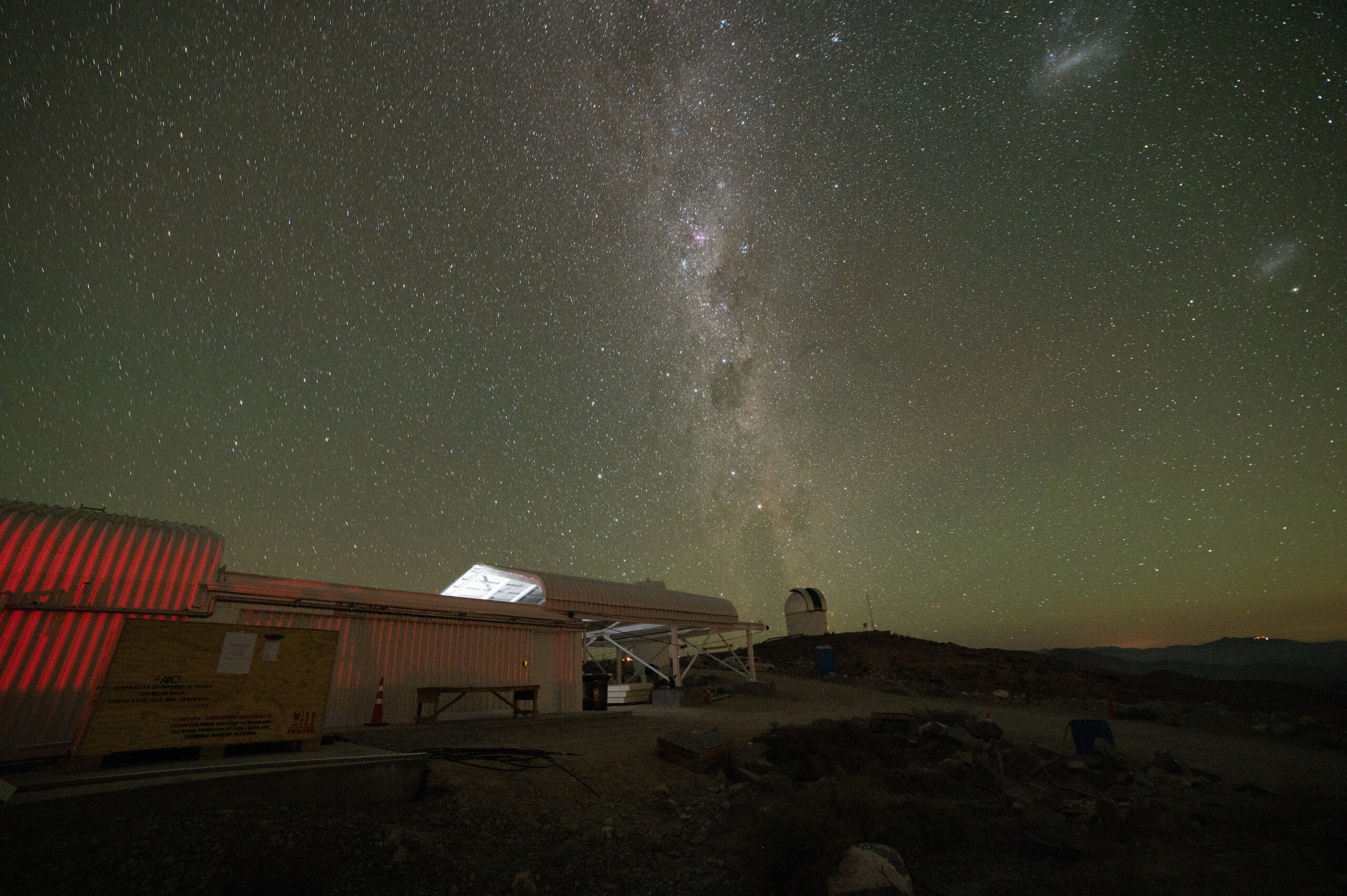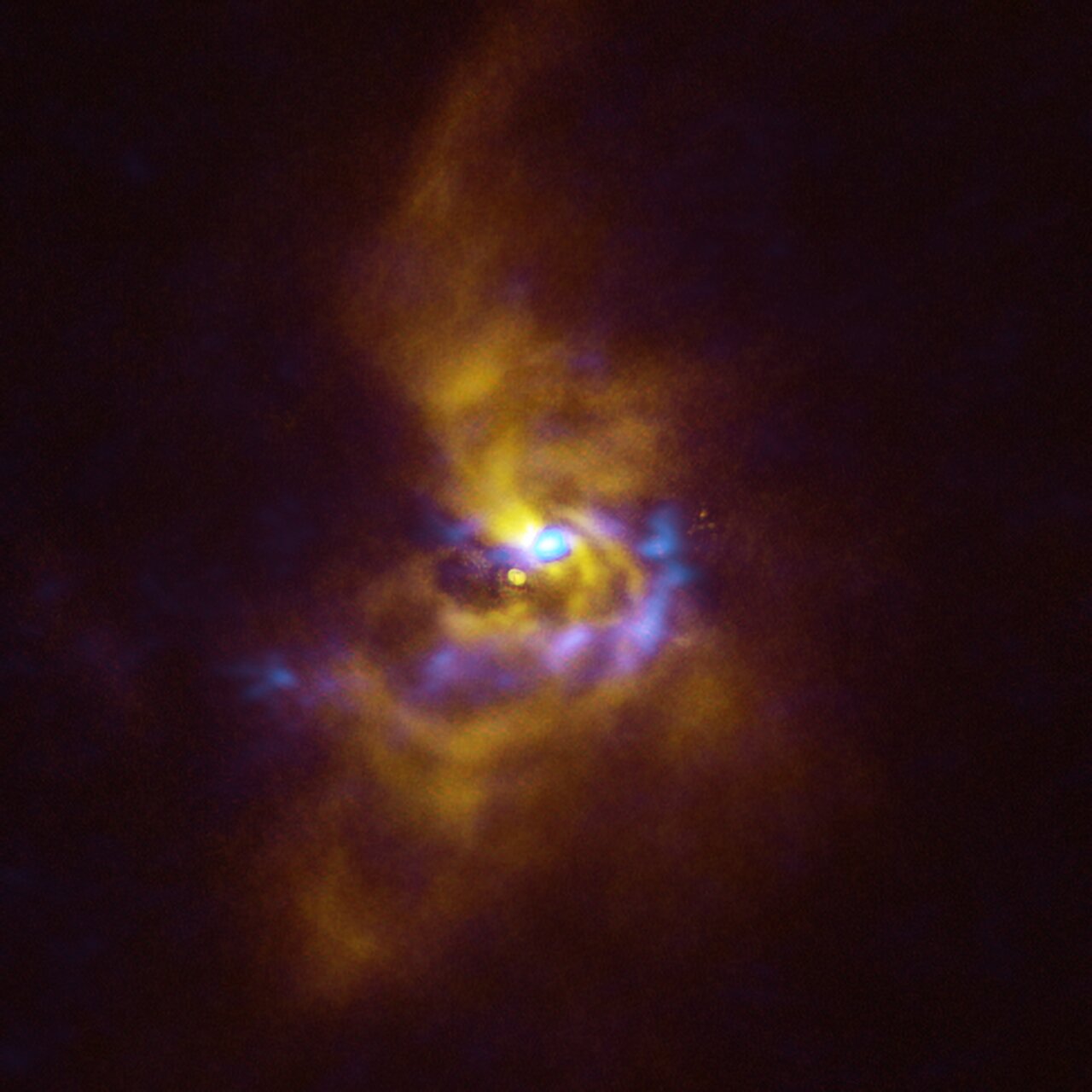
Witnessing planet formation with ALMA
UDP astronomers led high-resolution ALMA survey of protoplanetary disks, obtaining remarkable images which seem to trace the formation of giant extrasolar planets. Even though the Sun and all of its planets were formed 4.5 billion years ago, nature has provided astronomers with natural laboratories where young exoplanets are currently forming, allowing us to observe the process from afar. One of the closest such laboratories is known as the Ophiuchus molecular cloud, at 140 pc (420 light years) form Earth. This molecular cloud contains almost 300 protoplanetary disks with ages ranging from < 0.5 to 3 million years. As part of the Ophiuchus Disk Survey Employing ALMA (ODISEA) project, an UDP-lead team of international astronomers has obtained images of 10 of the brightest protoplanetary disks in Ophiuchus with the maximum resolution provided by ALMA, corresponding to 3-5 astronomical units at the distance of targets. The ODISEA observations were combined with those of 5 additional objects previously observed by ALMA at similar resolution by a project called DSHARP. This resulted in the largest sample of objects observed so far with this level of detail in any given molecular cloud.

The ALMA images obtained show an astonishing diversity of structures (rings, gaps, and cavities), which can be understood in terms of the formation of giant planets in massive protoplanetary disks. If this interpretation is correct, it would imply that giant planets can form faster (and at larger distance from their host stars) than previously thought possible. While ALMA cannot image planets directly, it can see the underlying dust in the protoplanetary disk and the gaps carved in them by forming planets. The ALMA images obtained by the ODISEA project are broadly consistent with the predictions of dust evolution models, including physical processes such as the growth and migration of dust in the presence of forming planets. Confirming this scenario requires comparing the observations to more detailed modeling of individual objects and of different evolutionary steps. Such comparisons will be conducted as part of the PhD project of UDP student Camilo Gonzalez and of the FONDECYT project recently awarded to UDP professor Lucas Cieza.
More information:
https://ui.adsabs.harvard.edu/abs/2021MNRAS.501.2934C/abstract









